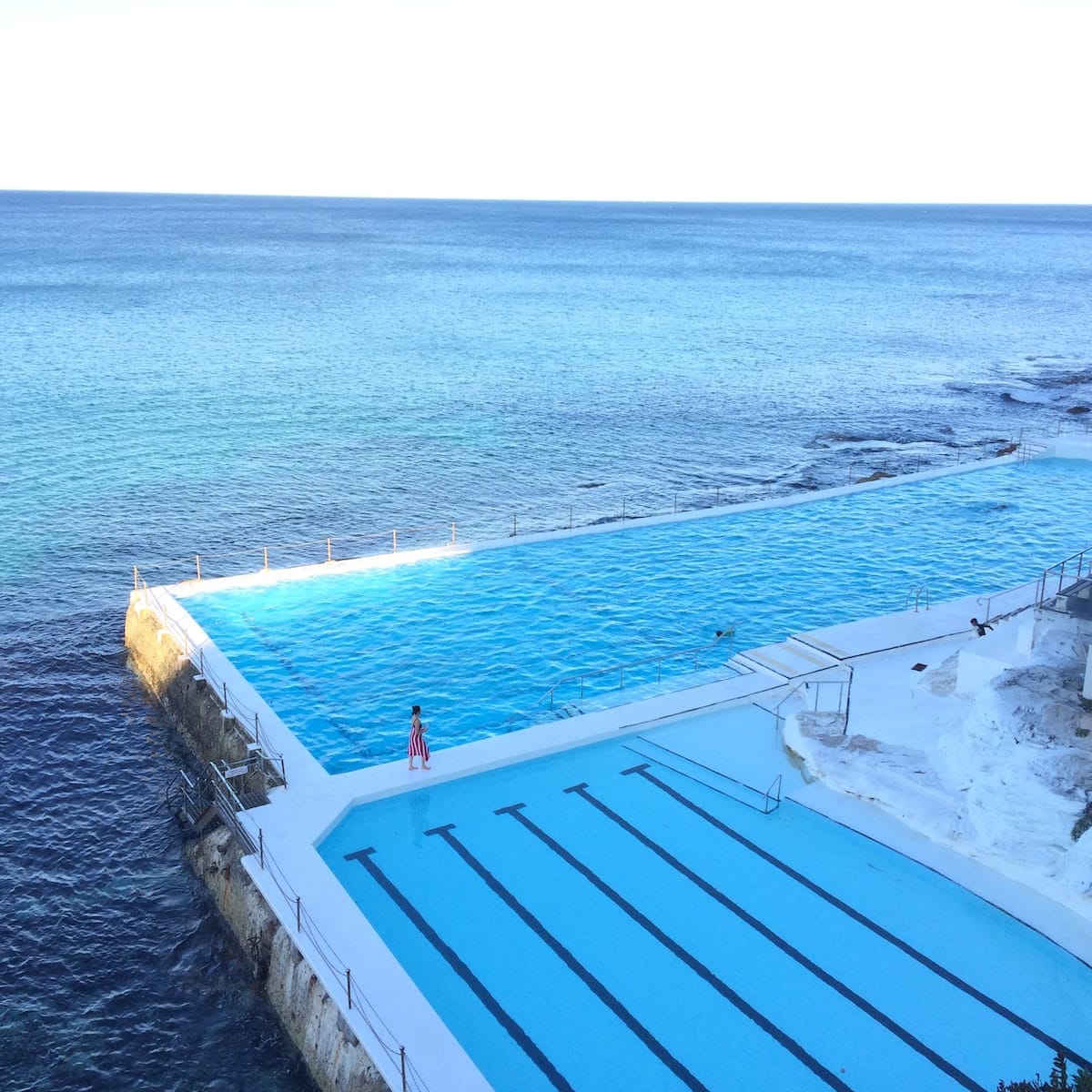15 Swim Tips for Winter 2018

When asked what scares athletes (especially beginners) the most about triathlons, it is the swim and when prompted to explain what they are scared about, they usually say, finishing. Preparation, therefore, is key.

Here are 15 swim tips you can focus on to make this winter and 2019, the “Year of the Fish”.
- Be consistent: If you do not come from a swimming background, then one of the most vital ways to improve your swim is to get into the pool more often. Creating a routine of going to pool on set days will also help you later on in the year when volume begins to increase.
- Time Trial: Doing a monthly time trial will make it easier to track progress. Do one this week to set a baseline and then do on each training cycle (usually every 3 to 4 weeks). I find that 400m or 750m is a good distance. (race distance or threshold test – similar to FTP on the bike – you don’t have to do a full CSS test)
- Swim analysis: Videotaping your swim stroke with either a GoPro or iPhone with a waterproof case then having it analyzed by us (or another coach) will help you figure out your weaknesses and which drills to do.
- Drills are not glamorous but they help you get a better feel for the water and more importantly how your body is moving in the water. They also break up the monotony of just ploughing up and down.
- Embrace your weakness: Like number 3 and 4, you need to address your weaknesses to turn them into strengths. Maybe you are a sprinter but die after 200m, so you need to focus on endurance sets. Or maybe you can cruise for hours on end at the same pace but have no upper gear, so need to do some sprints. Either way, you need to address those with specific training.
- Intensity: You are not going to get faster through drills alone, but need intervals, at and above race pace. You will not only burn more calories, but you are getting the most out of your pool time.
- Join a team: A swim club or a Masters team will help motivate you, push your speed, and hold you accountable. A team also makes swimming more fun. They will also help you learn about your stroke and how to help improve.
- Use toys wisely and sparingly: Pool toys can help energize your swim and if they make swimming more enjoyable, definitely use them, but do not become reliant upon them and allow them to hide flaws in your stroke. Keep in mind that come race day, you will not be able to use them.
- Practice open water: Get to the open water as much as possible to help you become more comfortable with not seeing the bottom of the pool and dealing with imperfect conditions like currents.
- Visualization: since you cannot always get to the ocean or lake to swim (or its just too cold, visualization can help step you through your fears and how to deal with them.
- New gear: investing in a wetsuit, or goggles can reinvigorate your motivation.
- Sign up for a race: there is nothing more motivating than putting a deadline on when you have to be ready by.
- Dryland strength: Hitting the gym will help you look faster but also improve any imbalances, flexibility, and mobility so that when heavy training comes, your body will be prepared.
- Practice those turns: if you want to get faster, practising your tight turns, whether tumbles or touch turns can shave off a chunk of time from your next TT. Every time you do more than one length at a time, remember you are practising a turn
- Nutrition: A better workout stems from better fuel. Start by adding in more vegetables, lean meats, fish, and healthy fats from avocado, coconuts, and chia seeds. By focusing on what you can have, you forget about what you can’t.
Words of Wisdom:
“Fail to prepare, prepare to fail”
If you have any questions or comments, please feel free to get in touch; either by email, facebook or leave a comment on here!
See what’s up next week for our #SwimTechTues tip!
